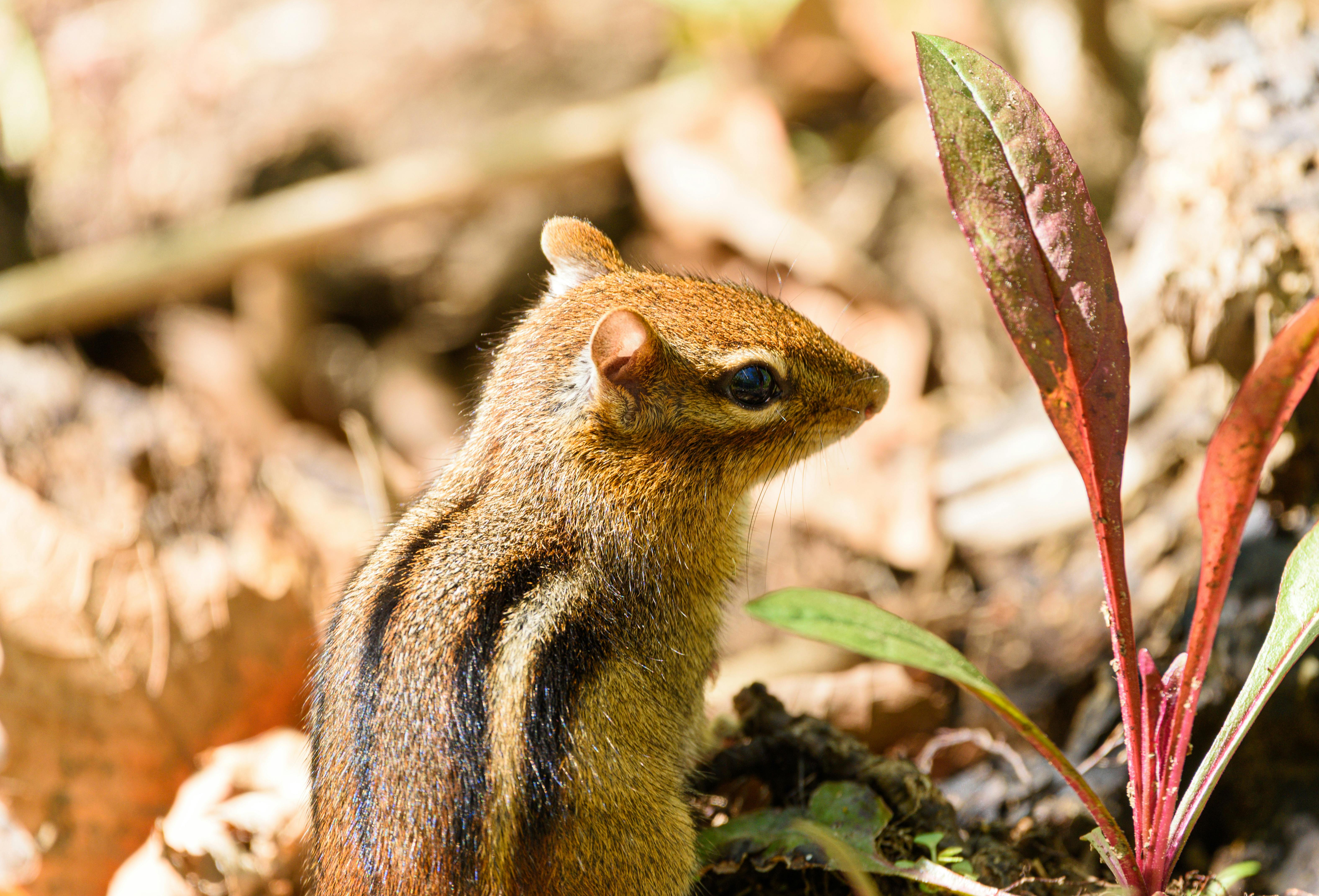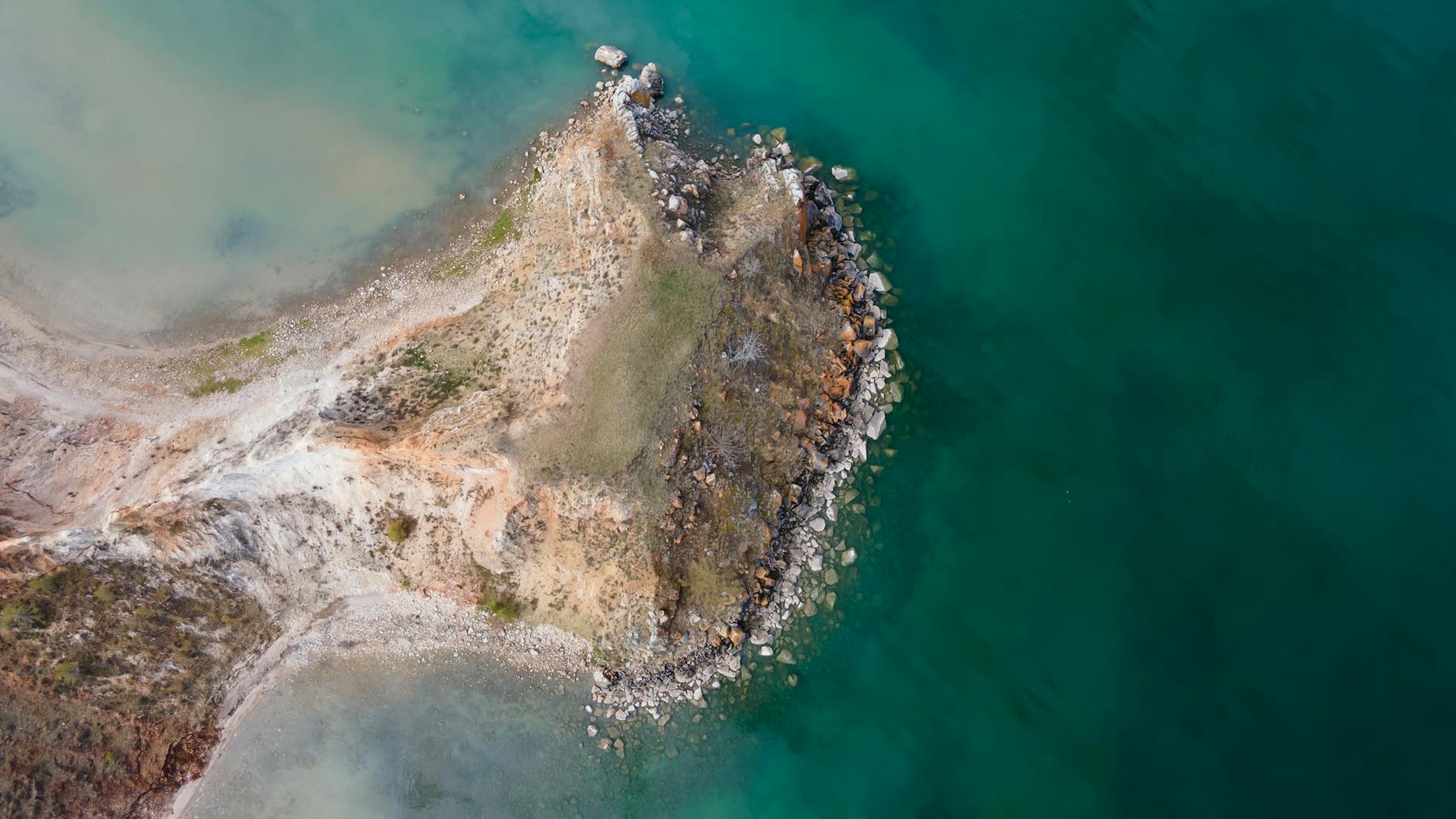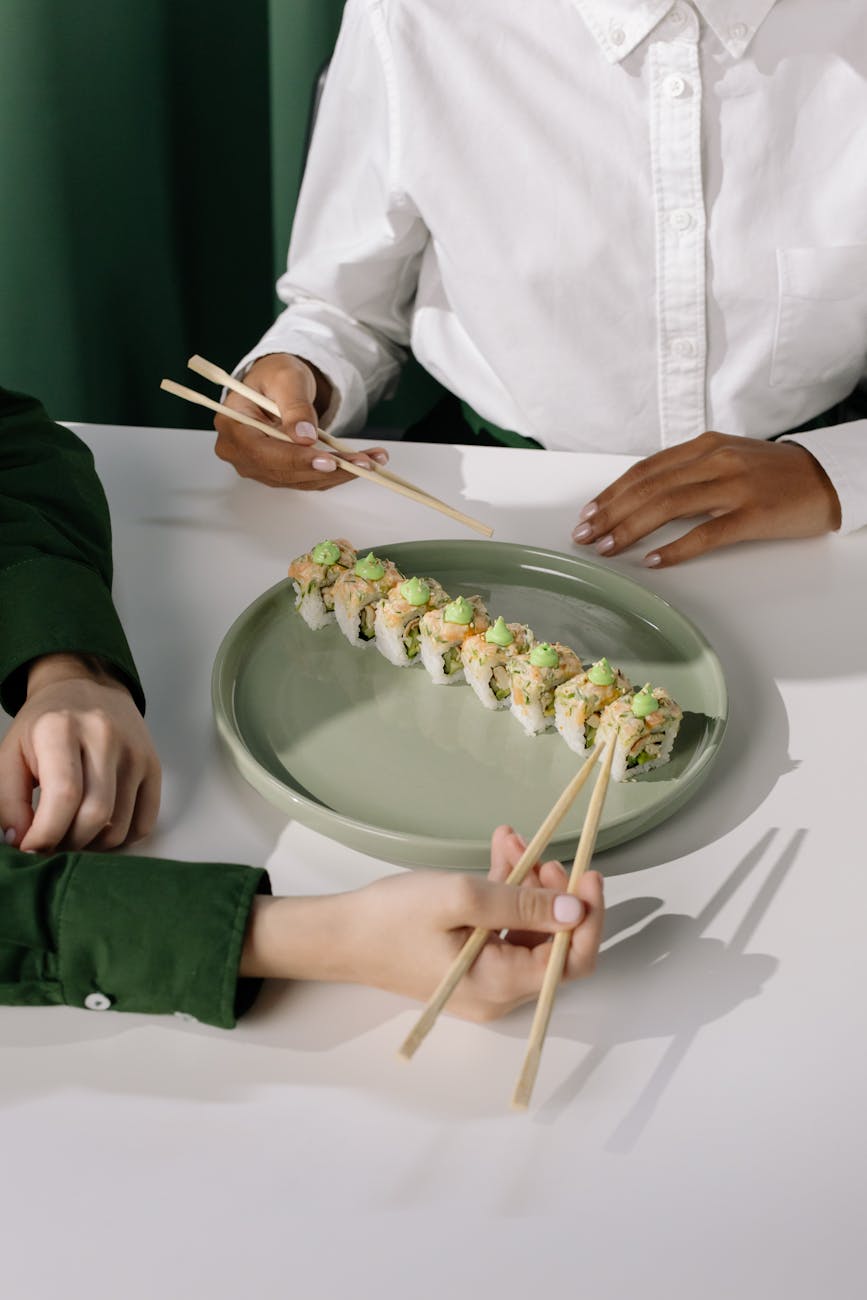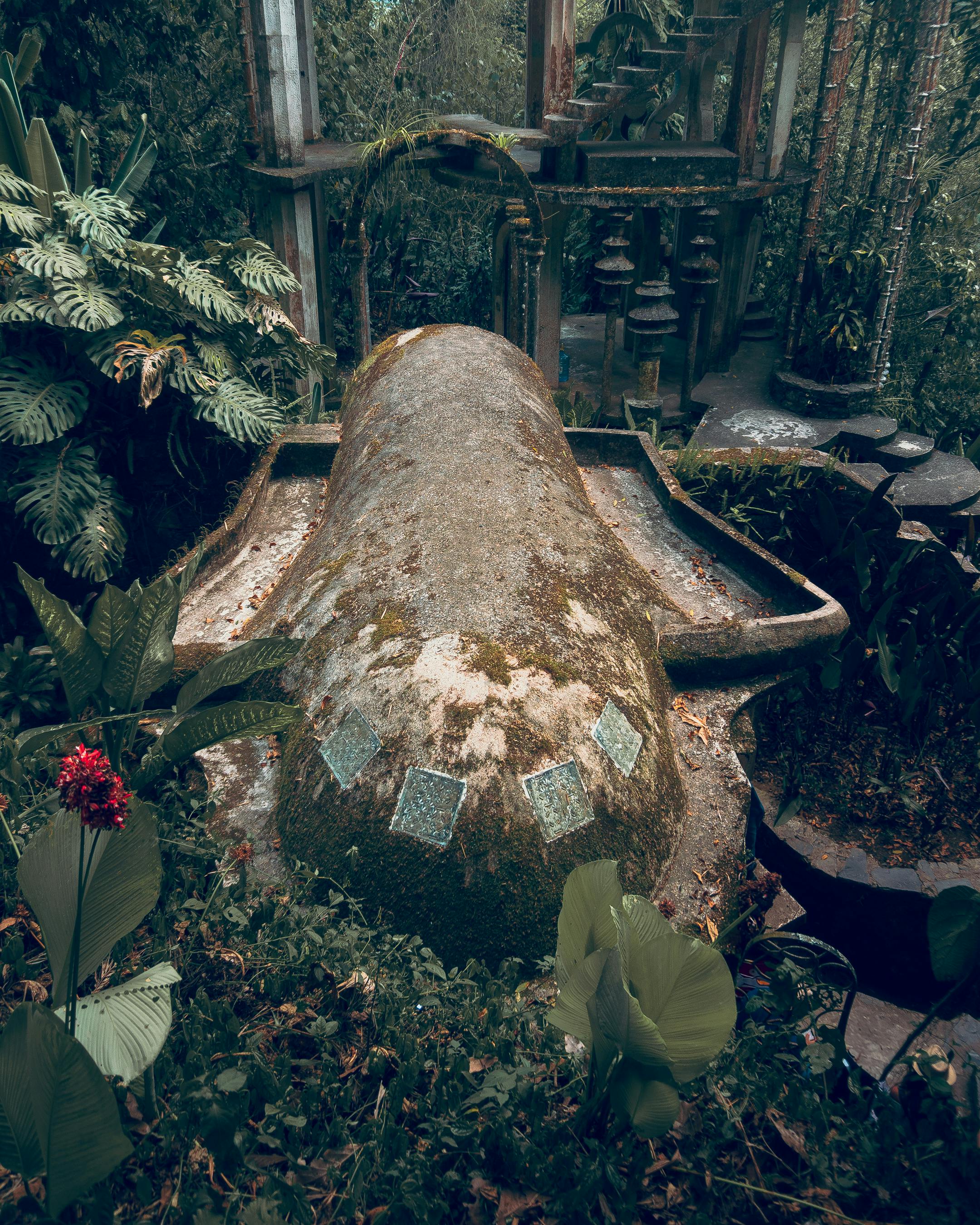The fascinating world of animal camouflage

Exploring the art of blending in
Camouflage is a crucial survival strategy that many animals have perfected over millions of years of evolution. It allows them to either hide from predators or sneak up on prey without being detected. In this article, we delve into the fascinating world of animal camouflage and discover some of the most incredible ways animals can blend into their surroundings.
Types of camouflage
There are various types of camouflage used by different species. Some animals have cryptic coloration, where their color and pattern match their surroundings to make them virtually invisible. Others use disruptive coloration, which breaks up their outline to confuse predators. And then there are animals that mimic other objects or creatures to avoid detection.
Examples from nature
From chameleons that can change their skin color to match their environment to stick insects that look like twigs, nature is full of amazing examples of camouflage. The octopus is a master of disguise, capable of changing both its color and texture to blend in with coral reefs or sandy ocean floors. The kelp crab perfectly resembles the seaweed it lives among, making it almost impossible to spot.
The evolution of camouflage
Camouflage has evolved in response to the needs of animals to survive in their habitats. Natural selection favors those individuals with traits that help them avoid detection by predators or improve their hunting success. As a result, camouflage has become incredibly sophisticated in many species, allowing them to thrive in environments that would otherwise be dangerous.





